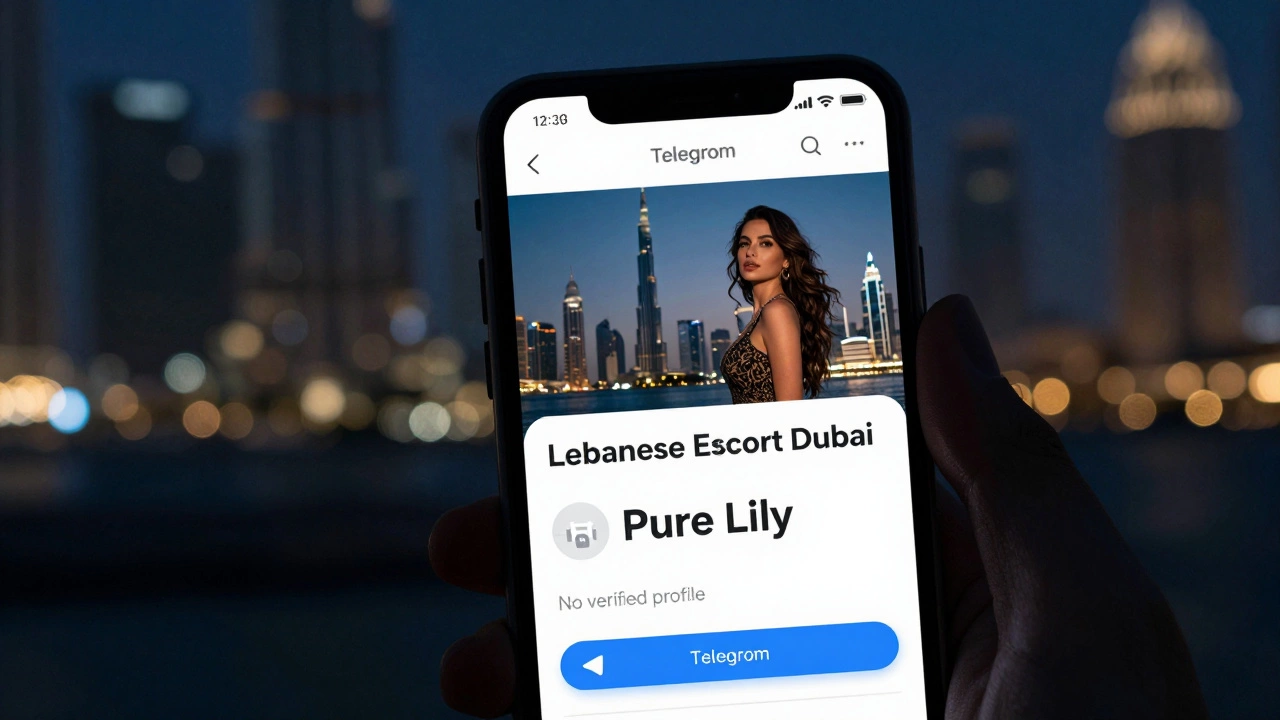Divine Style Association

- Dec 8, 2025
- Kareem El-Amin
- 0 Comments
Understanding the Reality Behind Online Claims About Dubai and London Escort Services
Exposing the truth behind online claims of escort services in London and Dubai. Learn why terms like 'dubai escort telegram' are red flags, how these scams operate, and safer ways to find real connection.

- Dec 6, 2025
- Kareem El-Amin
- 0 Comments
Paris Escorts - Understanding the Reality Behind the City’s Escort Scene
Paris escorts aren't just about sex - they're often skilled companions offering cultural insight, conversation, and connection. Learn the truth behind the myths and how this side of Paris reflects its deeper humanity.

- Nov 25, 2025
- Kareem El-Amin
- 0 Comments
Knicks Extend Rivalry Dominance with 113-100 Win Over Nets at Barclays Center
The New York Knicks defeated the Brooklyn Nets 113-100 on November 24, 2025, extending their winning streak to 12 straight games in the crosstown rivalry, while the Nets fell to 0-8 at Barclays Center this season.

- Nov 23, 2025
- Kareem El-Amin
- 0 Comments
Auburn vs. Mercer Football Game on Nov. 22, 2025, Unverifiable Beyond AI Knowledge Cutoff
No verified game occurred between Auburn and Mercer on Nov. 22, 2025. Deuce Knight, a highly touted QB recruit, never started or played in that matchup. The 62-17 score is unverified fiction.

- Nov 22, 2025
- Kareem El-Amin
- 0 Comments
Valencia CF and Levante UD Get Matches Postponed After DANA Floods Overwhelm Region
Valencia CF and Levante UD secured postponement of five LALIGA matches after the DANA flood catastrophe overwhelmed the Valencia region on October 24, 2024, with emergency services still strained a week later. The decision reflects football's role in community resilience.

- Nov 20, 2025
- Kareem El-Amin
- 0 Comments
Ohio State, Indiana, Texas A&M Lead CFP Rankings as Georgia Climbs, Alabama Plummets
Ohio State, Indiana, and Texas A&M lead the CFP rankings, while Georgia climbs to No. 4 after beating Texas. Alabama falls to No. 10 and Texas drops to No. 17. Final playoff field announced December 7.

- Oct 30, 2025
- Kareem El-Amin
- 0 Comments
Lakers vs. Timberwolves Odds Clash: Who’s Really Favored for October 29 Rematch?

- Oct 22, 2025
- Kareem El-Amin
- 0 Comments
Thunder Face Injury Test vs Rockets in NBA Opener at Paycom Center
The Thunder open the season against the Rockets without Jalen Williams, Isaiah Joe and others, but depth keeps them seven-point favorites at Paycom Center.

- Oct 1, 2025
- Kareem El-Amin
- 0 Comments
A's break Chapman's 50‑batter hitless run, walk off Red Sox 5‑4
Oakland rallied in the ninth to end Aroldis Chapman's 50‑batter hitless streak, snapping Boston's 12th walk‑off loss of 2025 while rookie Nick Kurtz joins elite A's power hitters.

- Sep 24, 2025
- Kareem El-Amin
- 0 Comments
Why Stock Market Data Remains Out of Reach for Real‑Time Reporting
A look into why journalists and investors still struggle to get up‑to‑the‑minute stock market data, especially for high‑profile events like Nvidia's performance on September 22, 2025. The piece examines technical, legal, and cost barriers that keep real‑time financial info locked away.